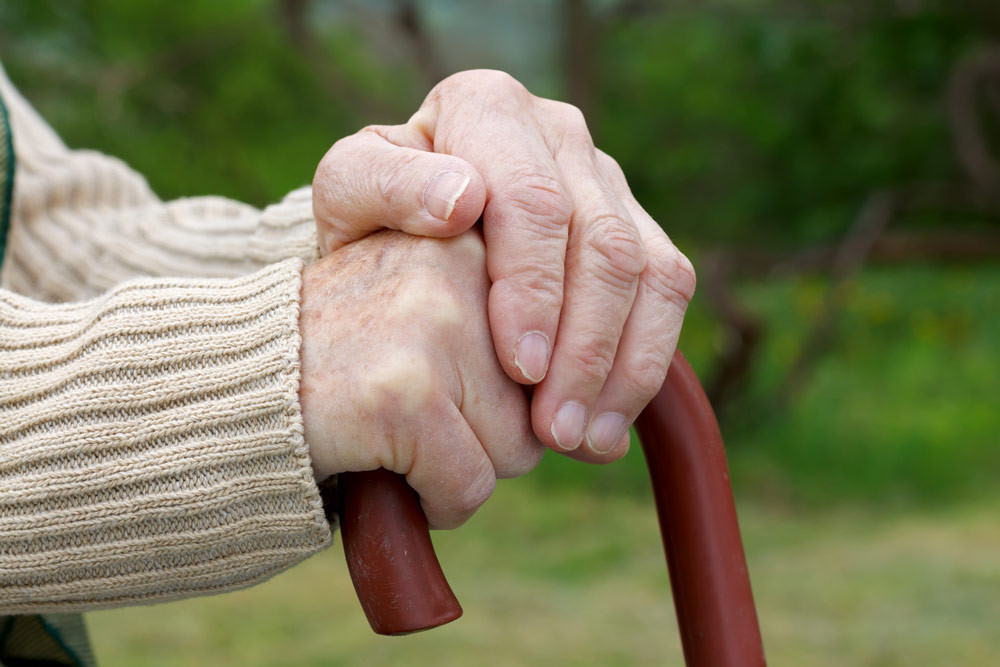Parkinson’s Disease: Having diagnosed with a Neurodegenerative Brain Disorder which is a resultant of the malfunction of brain cells cutting down the production of dopamine into the brain and leading to impairment in motor and non-motor symptoms can literally disrupt a persons’ normal routine. Hence, it becomes important for a physician to evaluate the symptoms and the stage the patient is in, in order to give him the right treatment that pacifies him to a certain extent as it is well known that the disease cannot be cured unless and until you are lucky enough to have got diagnosed earlier with the symptoms that the stages here reflect. Let’s take a look
Stage 1: It is strange that the one who is actually having the changes in his body cannot notice it himself rather others significantly notice the changes in his posture, expressions and walking style.It is observed that the initial changes don’t affect his daily routine. You can concur that the brain cells have slowly decreased the production of dopamine.
Stage 2: In this stage,one will experience tremor, stiffness in movements on both the sides of the body gradually decreasing his strength to go about with his tasks smoothly. The progress of the Parkinson’s disease in some patients is very rapid while in some it might take as long as twenty years or even more.The Braak’s hypothesis speaks about the non-motor symptoms that affect the sense of smell and in regions like enteric nervous system, medulla and the olfactory bulb in particular.
Stage 3:The disease is progressing rapidly. Although he is able to manage himself, he cannot do it at a normal pace. These slow movements are an indication that he gradually will need some help to do the simplest of the daily chores.In the rarest of the cases, the doctor can conduct a surgery in a certain part of the brain that helps him regulate his tasks and improves his symptoms.
Stage 4: Here, the symptoms are significant.The brain cells are almost dead. Theproduction of dopamineis negligible. The body is no more a help in its normal functioning. The patient will need a walker for support. Daily activities are the toughest to scale and unbearably difficult to manage it alone.
Stage 5:Dependency is the toughest part and the Parkinson’s disease has vowed to let down your body. The patient is completely bedridden, often undergoing delusions or hallucinations. An all duty nurse is essential for everything. There is complete stiffness in the patient’s body making him nothing less than a dummy.
Studies have revealed that an early diagnosis can help one figure out the treatment required for the patient. The symptoms as they suggest vary from person to person. The two tools that the physicians rely on are Hoehn and Yahr(Introduced in 1967); and Unified Parkinson’s Disease Rating scale(UPDRS) that help them work on the stages that the disease currently is affixed.It gives a picture on motor symptoms including that of their social behavior, moods and responses to activities around them.
